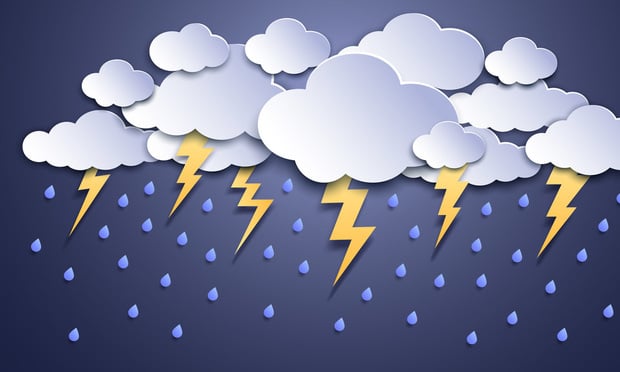With cannabis products legalized to some degree in all but four U.S. states1, the growth of the cannabis industry—production, processing, distribution, and retail sales—translates to increased demand for commercial space and support services. The commercial real estate (CRE) community faces a continuous learning curve as regulations continue to evolve, not only in terms of cannabis sales, but cannabis industry safety. Among other safety considerations, indoor air quality for cannabis-related businesses is a key concern for business owners and landlords, who must protect themselves from liability while offering safe, acceptable conditions for tenants, employees, and customers.
No longer confined to backyard operations or shady rental houses, most commercial cannabis production and processing takes place in high-tech, indoor facilities where temperature, light, and humidity can be controlled for ideal growing conditions that ensure high quality and yield. For workers in these indoor grow facilities, conditions can be less than ideal, with exposure to CO/CO2, high relative humidity, ozone, cleaning chemicals, and biological hazards presenting health risks. Dispensaries and cafes present their own hazards for employees and customers: inhalation exposure (marijuana smoke may contain over 50 known carcinogens) and absorption exposure (due to settled chemicals from smoke and/or preparation surfaces).
To address these hazards, owners of cannabis businesses and/or their landlords must maintain indoor air quality with adequate ventilation. There are four key factors to an effective ventilation system:
Recommended For You
Proper Filtration. Indoor cannabis cultivation facilities may contain hundreds or thousands of plants along with soil or grow media to support them, and fans to circulate air. This creates a dusty environment with high particulate loads that must be addressed by adequate filters.
Air disinfection. The warm, damp environment in which cannabis grows can also play host to mold, mildew, bacteria, and viruses that can harm workers as well as crops. UV-C disinfection can be an effective method to eliminate these harmful microorganisms from the air.
Odor control. The distinctive and pervasive odor from cannabis can trigger complaints from neighboring businesses and may violate local odor ordinances, as well as put others at risk. Numerous options for odor control are available, including activated charcoal filters, biofiltration, and commercially produced neutralizing oils. Depending on which option is selected, odor control can be integrated into existing HVAC or purification systems or applied independently.
Exhaust location. Proper ventilation systems appropriately direct exhaust away from neighboring tenants, parking areas, and pedestrian walkways. Securing the proper permits is often required when setting up a commercial exhaust system.
While it is still a federally controlled substance, a growing majority of Americans favor widespread legalization of marijuana2, and related legislation has been introduced in Congress by both parties. Legal sales of marijuana in the U.S. are expected to exceed $33 Billion in 20223. As the cannabis industry continues to grow, it will present increased opportunities for CRE owners, investors, and operators to capitalize on the demand for space. Despite the evolving legal landscape of the industry, there is no question that OSHA regulations apply to cannabis workers. Savvy CRE players will protect themselves and their tenants by addressing cannabis-related health and safety concerns, including indoor air quality, with the help of a qualified health and safety professional who is experienced in consulting for cannabis businesses and the landlords who rent to them.
© 2025 ALM Global, LLC, All Rights Reserved. Request academic re-use from www.copyright.com. All other uses, submit a request to [email protected]. For more information visit Asset & Logo Licensing.








